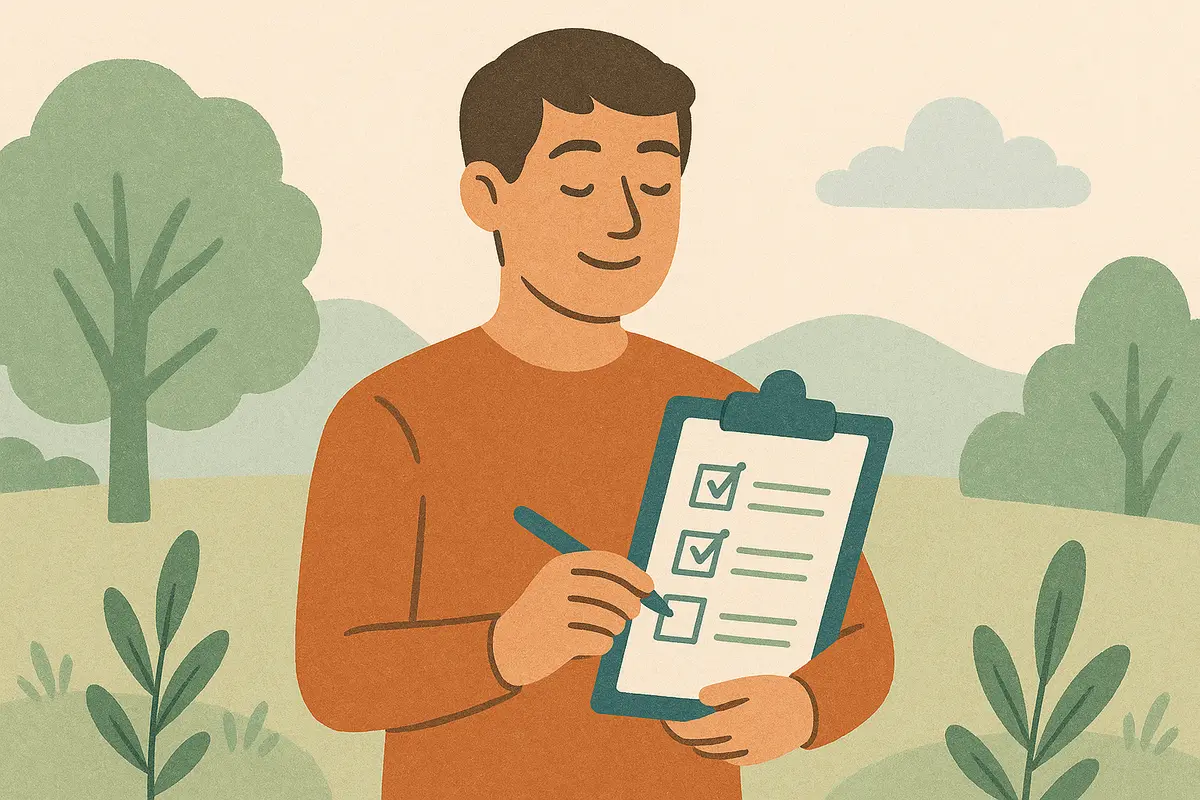
Picture this: You're sitting at your desk, heart racing after a stressful meeting, wondering if this overwhelming feeling is "normal anxiety" or something more. Your mind keeps asking the same question: "Am I getting better or worse?"
An anxiety symptom checklist is like having a detective's notebook for your mental health. Instead of relying on fuzzy memories of "feeling anxious lately," you track exactly when, where, and how anxiety shows up in your life.
Think of it like checking your blood pressure. You write down what you notice about your anxiety symptoms over time. This turns overwhelming feelings into clear information that both you and your doctor can actually use. Research shows that tracking your own symptoms is one of the best ways to understand anxiety and see if treatment is working.
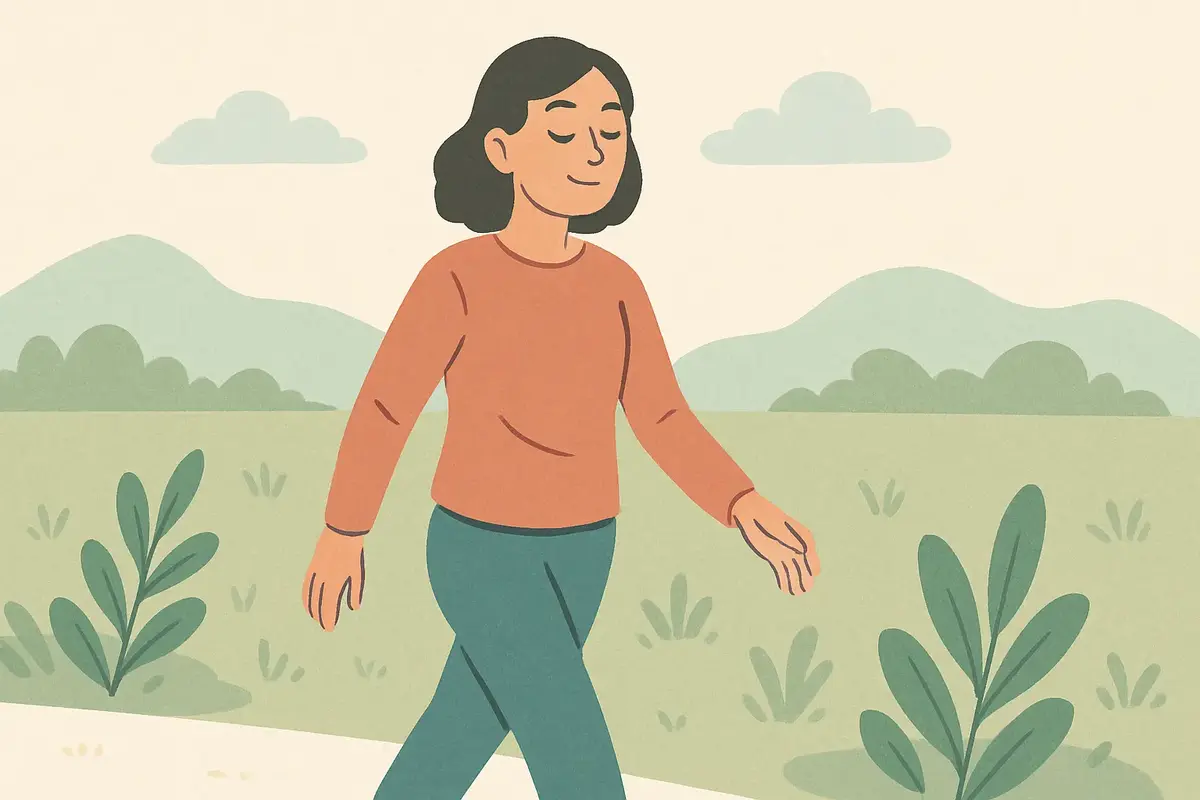
Walking meditation mixes the proven benefits of mindfulness with gentle movement to create fast relief from stress and anxiety. This easy practice means paying attention on purpose to how walking feels - your feet touching the ground, your breathing rhythm, and the small movements in your body.
Unlike sitting meditation, walking meditation helps people who find it hard to get the calmin benefits of mindfulness why sitting still. Research shows that meditation works better for reducing anxiety symptoms, with meditation groups showing big decreases in anxiety while walking alone did not. This practice cuts down anxiety, mental restlessness, and stress by focusing attention on body feelings rather than anxious thoughts about the future or past regrets.
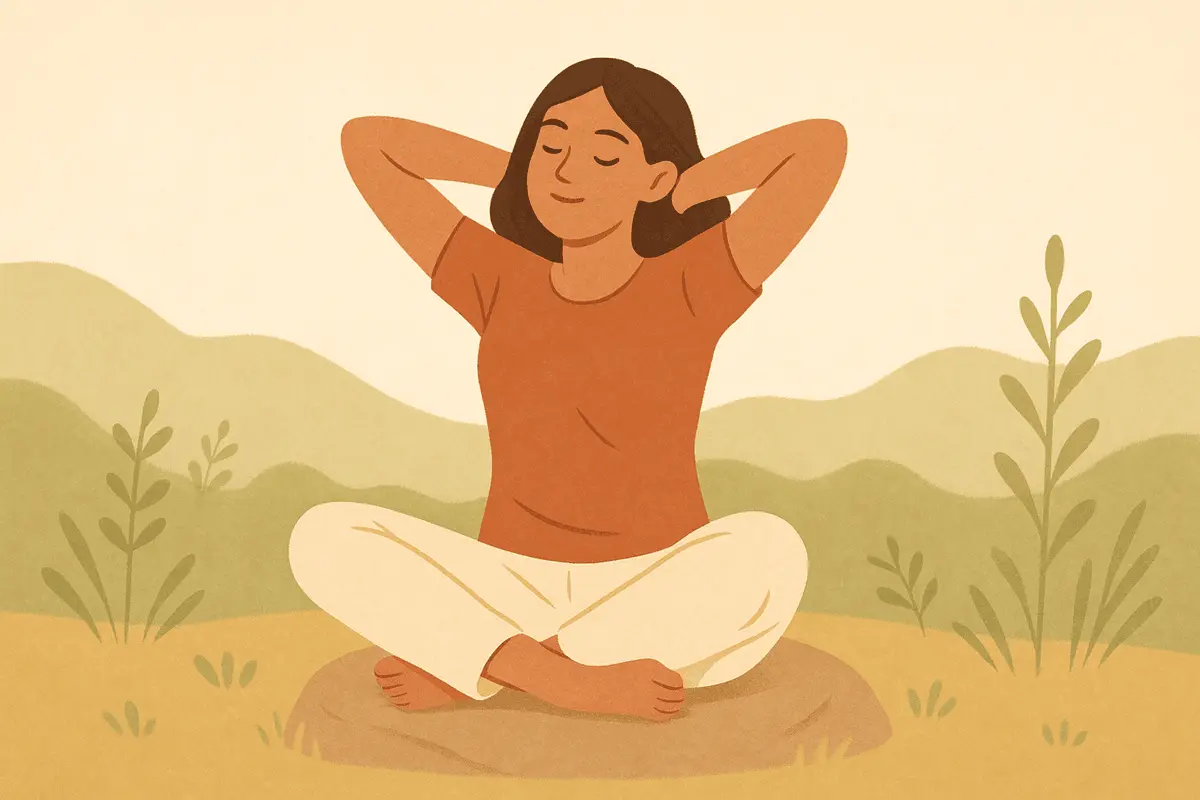
Progressive muscle relaxation offers immediate, scientifically-proven relief that you can access anywhere, anytime. This systematic, body-focused technique involves intentionally tensing and then relaxing different muscle groups in a sequential manner, creating a structured approach to stress reduction and emotional regulation.
This evidence-based practice effectively reduces muscle tension, decreases anxiety, and promotes relaxation by directly intervening in physiological stress responses. Think of it like a reset button for your nervous system - just as you might restart a computer that's running too many programs, PMR helps your body shift from high-stress mode to calm, restorative mode. The technique facilitates deeper sleep and enhances emotional grounding through enhanced body awareness, providing a powerful tool for managing stress and improving overall wellbeing.
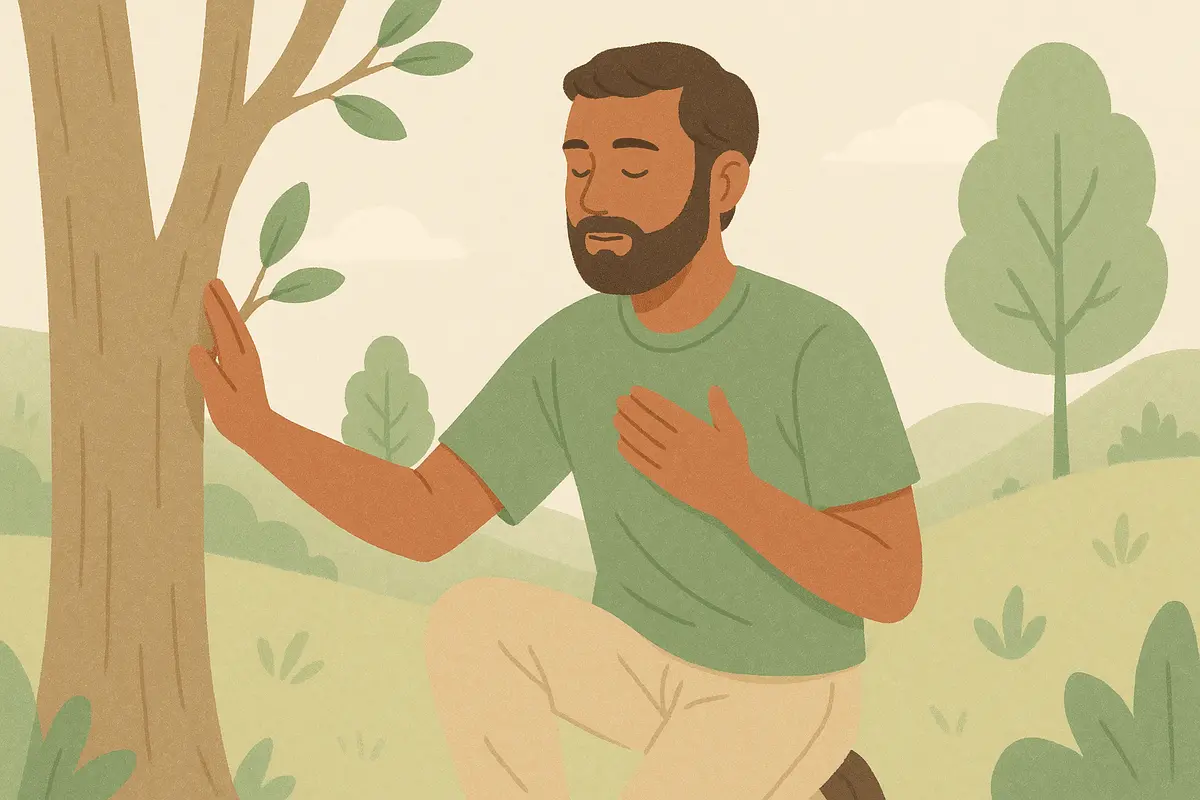
Think of your mind as a runaway train. Anxiety shovels coal into the engine, making thoughts race and muscles tense. The 5-4-3-2-1 technique is the handbrake. By naming five things you see, four you feel, three you hear, two you smell, and one you taste, you force your brain to pay close attention to what's happening right now. That shift cuts power to the "fight, flight, freeze, or fawn" engine and lets your body's natural brakes take over. This means slower breathing, steadier heart rhythm, and clearer thinking.
Doctors and therapists use grounding daily because it's quick, easy to carry with you, and safe. Studies show that using your senses to ground yourself lowers distress and improves emotion control in trauma survivors, especially when combined with therapy. For many people it's the fastest way to regain a sense of control before moving on to deeper coping skills or professional support.
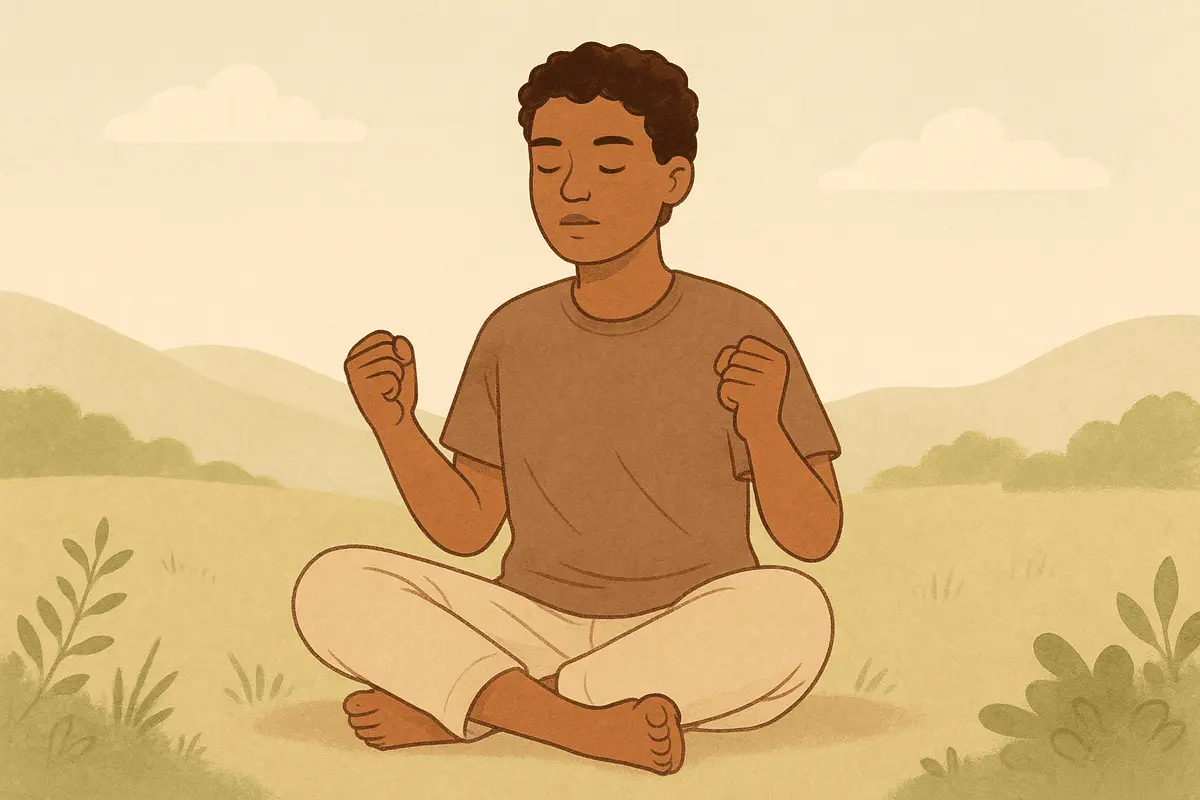
Feeling overwhelmed by stress, tension, or anxiety? The tense and release exercise offers immediate, drug-free relief that works in just 3-6 minutes. This technique involves intentionally tightening and then relaxing specific muscle groups, systematically reducing muscular tension associated with anxiety and stress buildup through deliberate physical engagement.
By engaging and then releasing muscles, this exercise quickly interrupts your body's stress response, promoting rapid emotional grounding and nervous system relaxation. This systematic approach improves sleep quality through increased bodily awareness and tension reduction, providing an accessible tool for immediate stress relief and long-term emotional regulation.
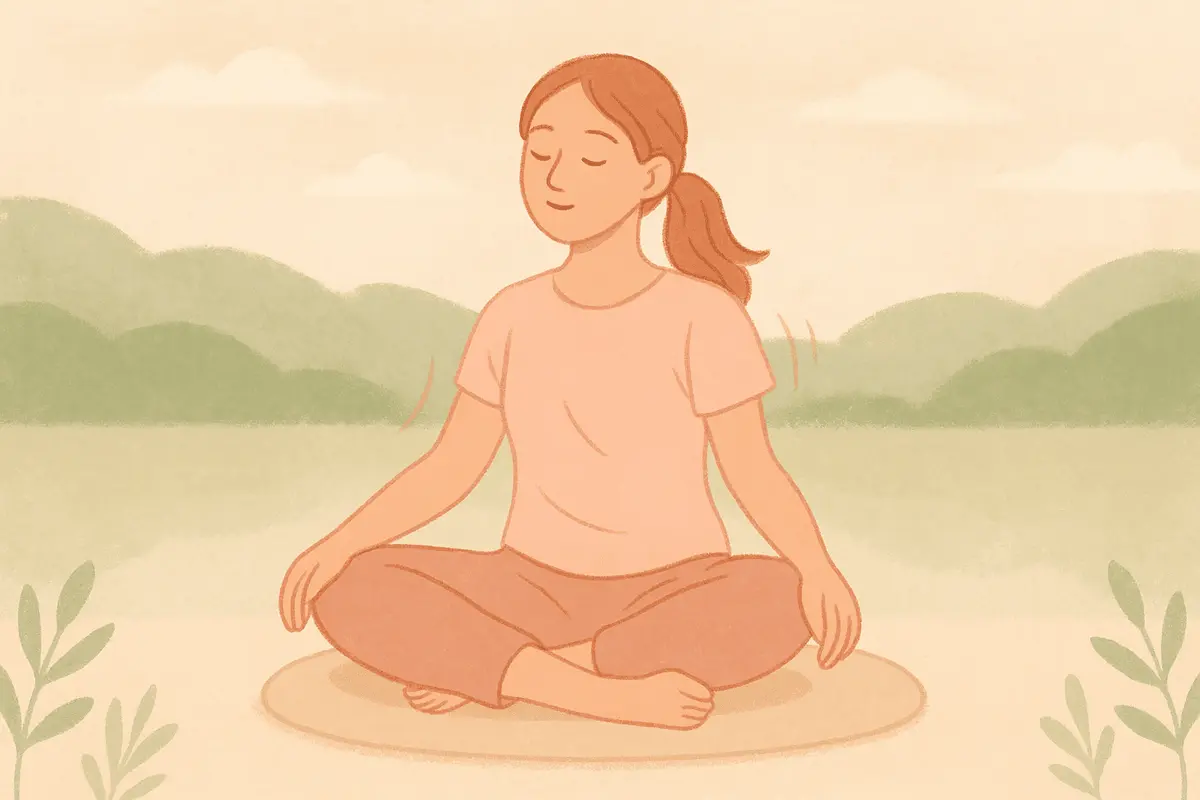
Feeling overwhelmed and need immediate relief? Swaying or rhythmic rocking offers a simple technique that uses your body's natural calming system to quickly reduce anxiety and stress in just 2-5 minutes. This method involves gentle, repetitive movements of the body—either standing, seated, or lying down—to soothe feelings of overstimulation, anxiety, or emotional hyperarousal.
This evidence-based approach leverages natural calming rhythms to promote immediate grounding, emotional regulation, and nervous system stabilization. By engaging the body's innate sensory comfort mechanisms, rhythmic movement provides an accessible and effective tool for rapid emotional relief and stress reduction.
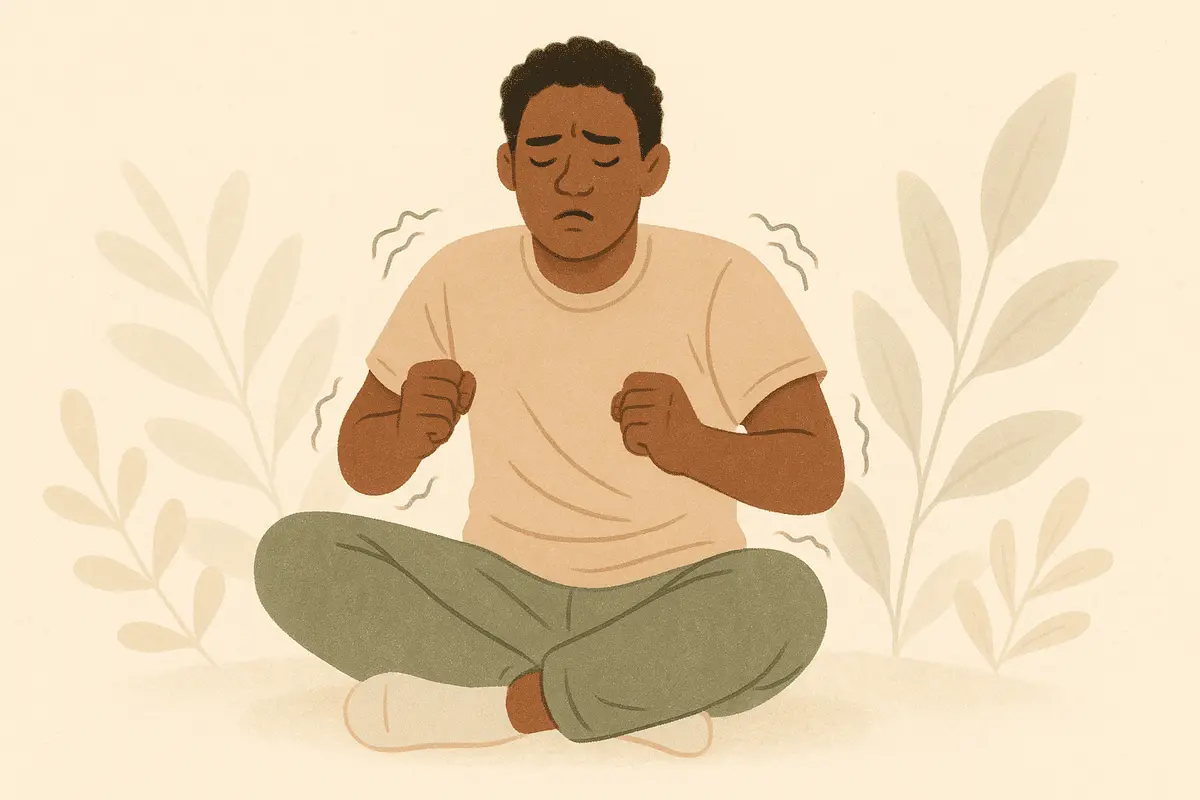
Feeling trapped by stress or trauma that seems stuck in your body? Shaking or tremoring offers a powerful somatic technique that harnesses your body's natural ability to discharge accumulated tension and emotional energy in just 3-7 minutes. This method involves intentionally inducing gentle, rhythmic movements throughout the body to release built-up stress, anxiety, and trauma-related tension.
This evidence-based practice leverages ancient neurobiological mechanisms that animals use instinctively after threatening experiences, helping you rapidly restore nervous system balance and emotional equilibrium. By tapping into these natural discharge patterns, shaking provides an accessible way to reset your body's stress response and release stored emotional energy.
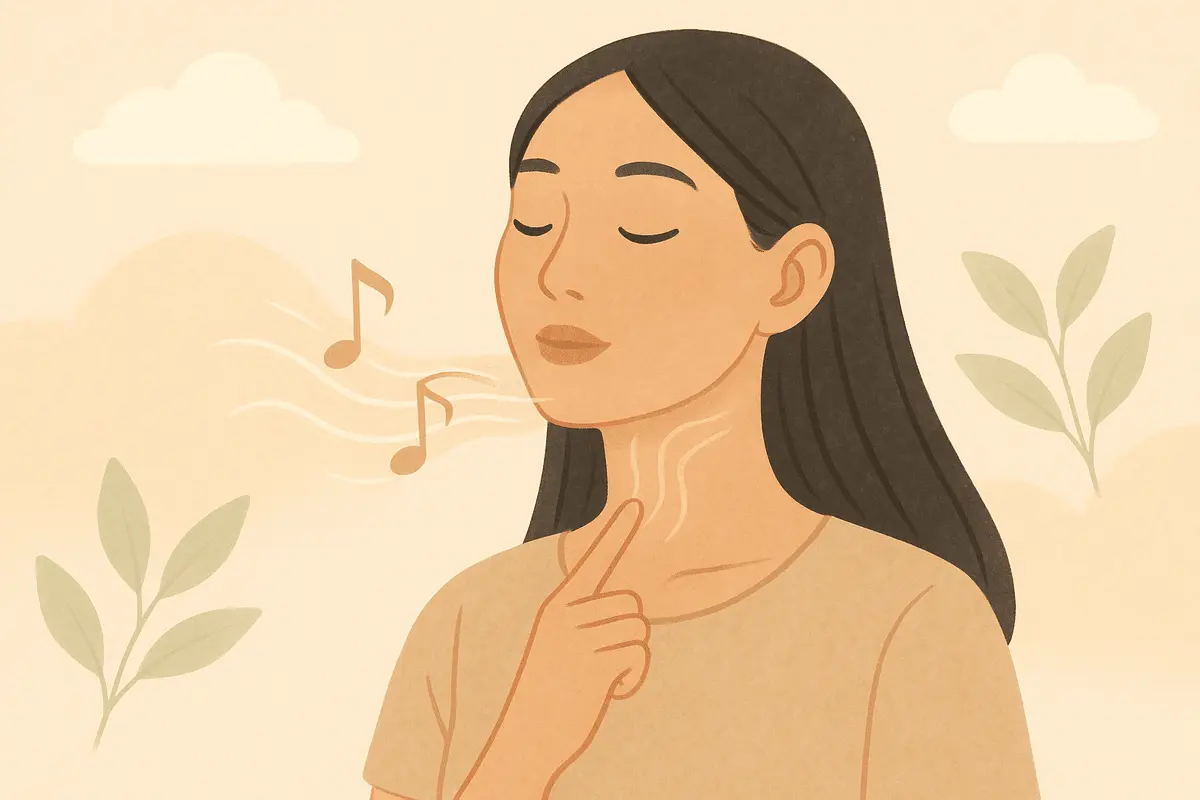
When anxiety hits or stress builds up throughout your day, your body needs a quick reset. Humming or gargling taps into a simple but powerful biological mechanism—using vocal vibrations to directly stimulate your vagus nerve, the body's primary relaxation pathway. This technique works by creating gentle vibrations in your throat that send calming signals through your nervous system.
Your vagus nerve acts like your body's built-in "brake pedal" for stress. Think of it as the main highway between your brain and organs, carrying messages that either rev you up or calm you down. The vagus nerve is part of your parasympathetic nervous system, which controls your "rest and digest" functions. When you hum or gargle, the vibrations physically stimulate this nerve, triggering an immediate shift from stress mode to relaxation mode that you can feel within seconds.

Feeling overwhelmed by emotional distress, anxiety, or trauma that seems to resurface unexpectedly? Self-havening offers a powerful self-soothing technique that harnesses the therapeutic power of gentle touch to provide immediate emotional relief and nervous system regulation in just 2-4 minutes. This method involves rhythmically stroking or tapping specific areas of your body—particularly your arms, hands, and face.
This evidence-based psychosensory practice leverages the profound connection between touch and emotional regulation, activating your body's natural calming mechanisms. Also known as self-tapping, this technique provides rapid grounding and nervous system stabilization through targeted sensory stimulation, making it an accessible tool for anyone seeking immediate emotional relief.
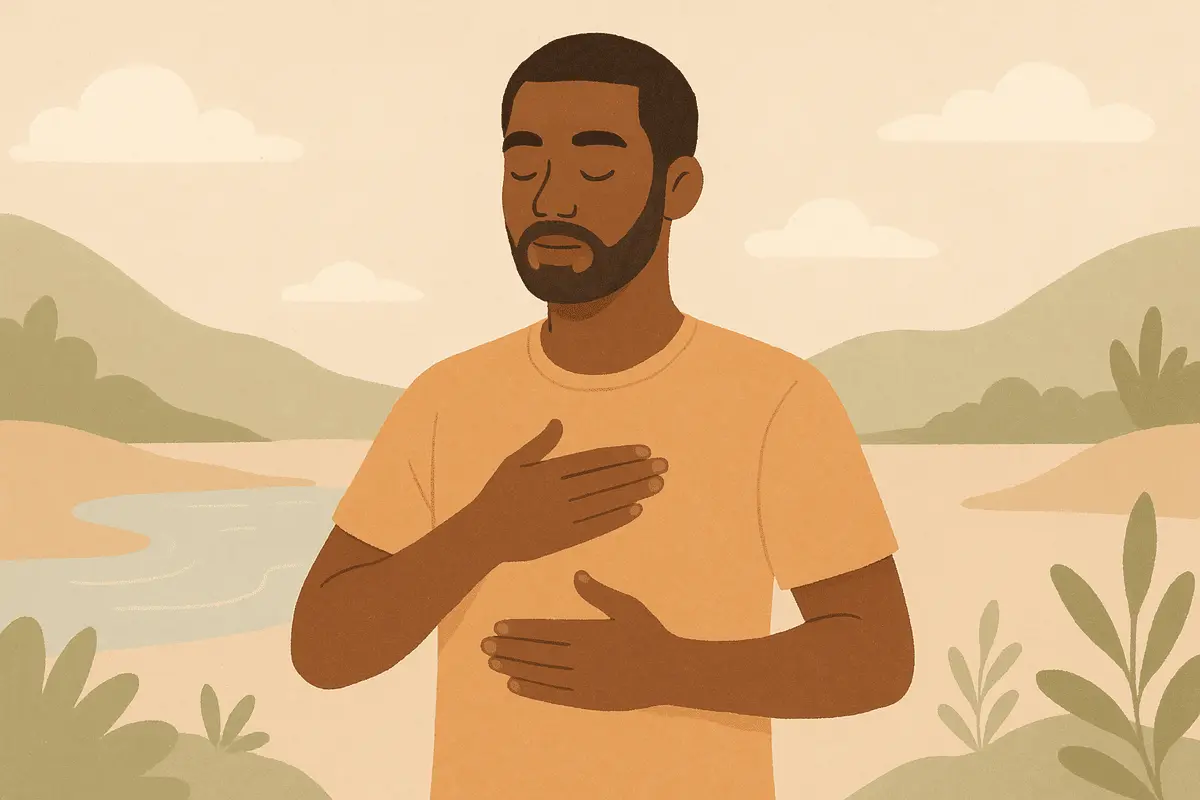
You're sitting in a meeting and suddenly your breathing feels shallow and tight, like you can't get enough air. Your chest keeps rising and falling quickly, but you still feel breathless and on edge.
Diaphragmatic breathing is like hitting the reset button on your body's stress alarm. Instead of breathing with your chest, you use your belly to breathe deep and slow. This simple switch tells your body "we're safe now" in just 2-5 minutes.
Think of your diaphragm like the main engine for breathing - it's a big muscle under your lungs that does the heavy lifting. When you use it properly, it's like switching from a car's emergency brake to cruise control. Your whole nervous system shifts from "panic mode" to "calm mode."
Also called belly breathing, this technique gives you one of the fastest ways to manage overwhelming feelings and build your stress-handling skills over time. Research shows this works because your breath and nervous system are closely connected - change one, and you change the other.